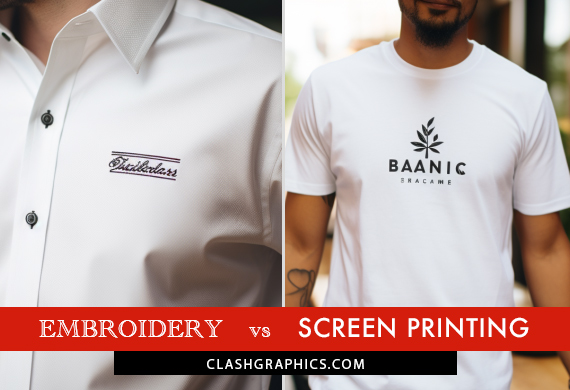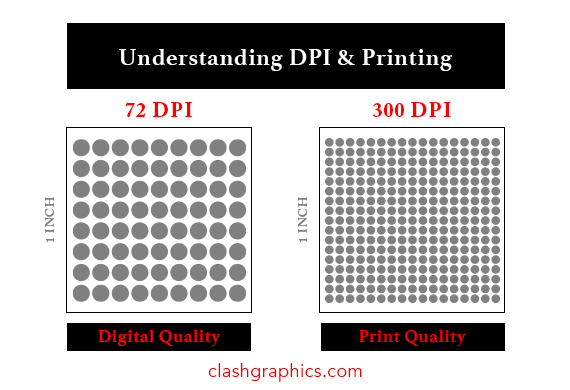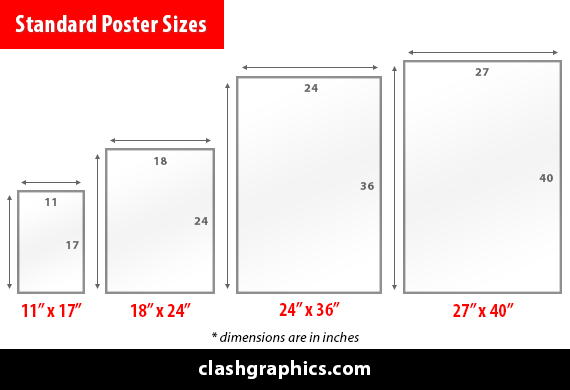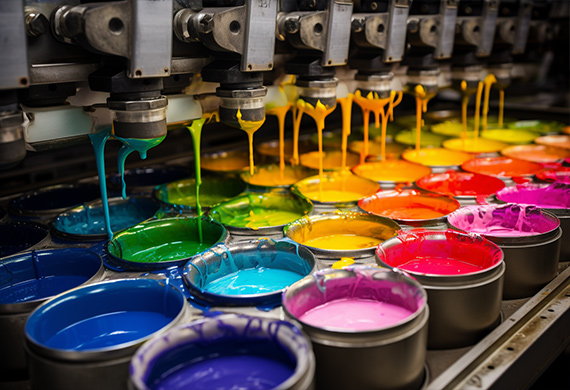QR Code Marketing
Posted by Clash Printing Atlanta on 19th Jun 2024
Looking for a way to connect physical marketing materials to digital experiences? QR code marketing offers a versatile solution. By integrating QR codes, you can enhance customer engagement and track interactions effectively. This article will guide…
read more





